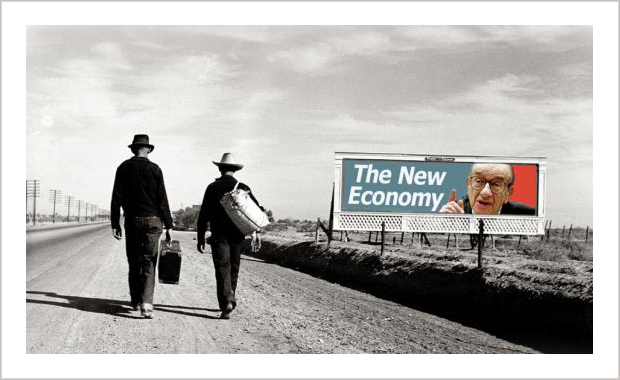 Is the leading start-ups management model not cutting it anymore ? Let’s face it, I’ve never really be part of those who have praised these types of management models, which often is more a myth than reality. Business model and management are two different things. So if start-ups can now teach companies new things about business models and customer focus, this is not really the same story for management. But when the business reaches out, what is left?
Is the leading start-ups management model not cutting it anymore ? Let’s face it, I’ve never really be part of those who have praised these types of management models, which often is more a myth than reality. Business model and management are two different things. So if start-ups can now teach companies new things about business models and customer focus, this is not really the same story for management. But when the business reaches out, what is left?
The two most obvious examples recently are the way Twitter has dismissed its employees, but also the creation of a union by parisian drivers at Uber. I could also talk about new contracts named « flex » at Amazon but it’s somewhat a wider subject, discuss on a previous article about Uber.
Deactivation 2.0
About Twitter, if dismiss is not prohibited and necessarily reprehensible of course, there is the case to implement it. The old brutal recipes still have good times ahead, even when it’s done at the 2.0 flavor. Learning about a dismissal by attempting to connect to a professional mailbox and finding it no longer exists, is more or less the same thing as coming into the company (without the journey) to discover that your electronic pass is deactivated. Regarding management, there is better way, although the company had clearly left a phone message prior (I do not think dismissal by phone is ever the right way). Not even for proximity management, claimed by the start-ups of Silicon Valley and the way of life that goes with it …
Symmetry of attentions
The concept of « symmetry attentions » shows that the quality of the relationship between a company and its customers is related to the quality of the relationship between a company and its employees. If this idea interests you, I referred to the book of Vineet Nayar: Employees first, customers second. For a lot of experts, this concept is central in the digital transformation of an organization and new management methods related to it. It’s even more crucial in the context of a service company, Zappos is a perfect example of this concept. Now the Uber system relies heavily on, especially with the drivers rating system by customers (and vice versa). I do not come back here on what I have already written about Uber and its business model, but the creation of a union clearly shows that we are far from this symmetry approach. Again between the myth of the new economy, a symbol of the digital enterprise and open ground truth, there is a gap. When you talk to drivers, who works for Uber for some time now, we can see that with the competition, Uber hardens its management and not the reverse. I am not sure that the technique of squeezing employees is a good long term strategy. And the car without driver, not certain that everyone is craving that. The human contact also is important, so the exit door may not be the one there either.
In addition, the solution Uber looking through the cars without driver will not necessarily be a panacea from an investors perspective. What is the Uber business model: its ability to operate with low fixed costs through the application and limited operational costs: drivers are not employees and are paid only when they work. By buying cars, Uber greatly increase its fixed costs, not to mention maintenance of the cars. But beyond the margin, not sure when you invest in a brokerage start-up, you want to end up with a « classic »Â car operator. But that’s another story …
